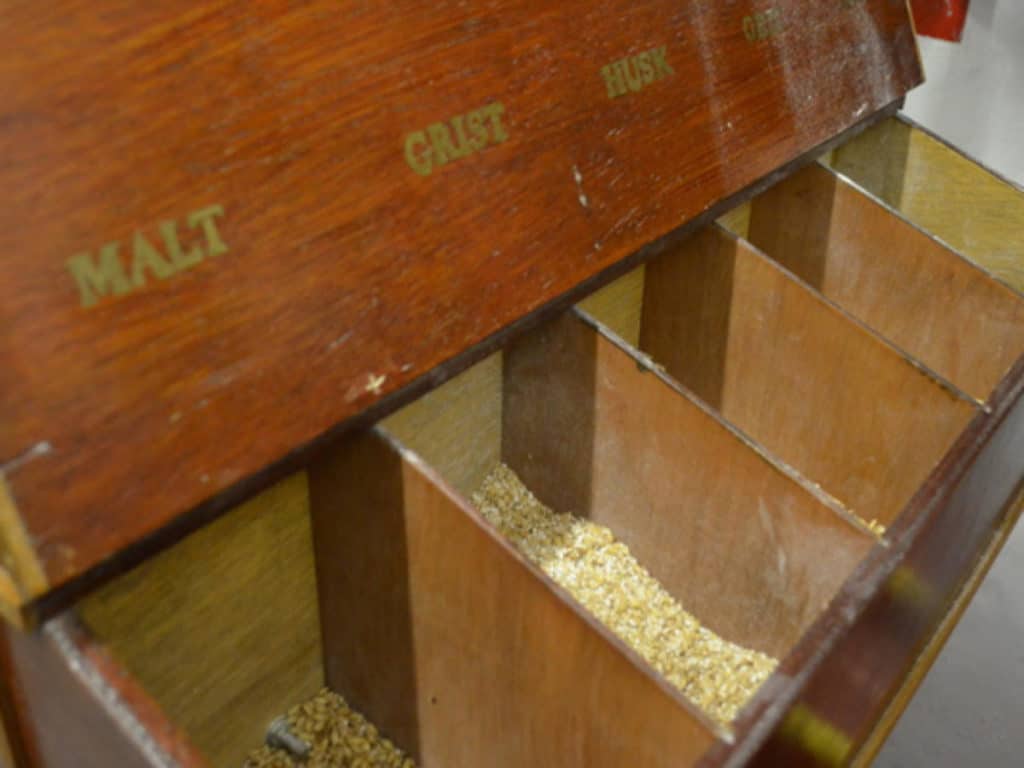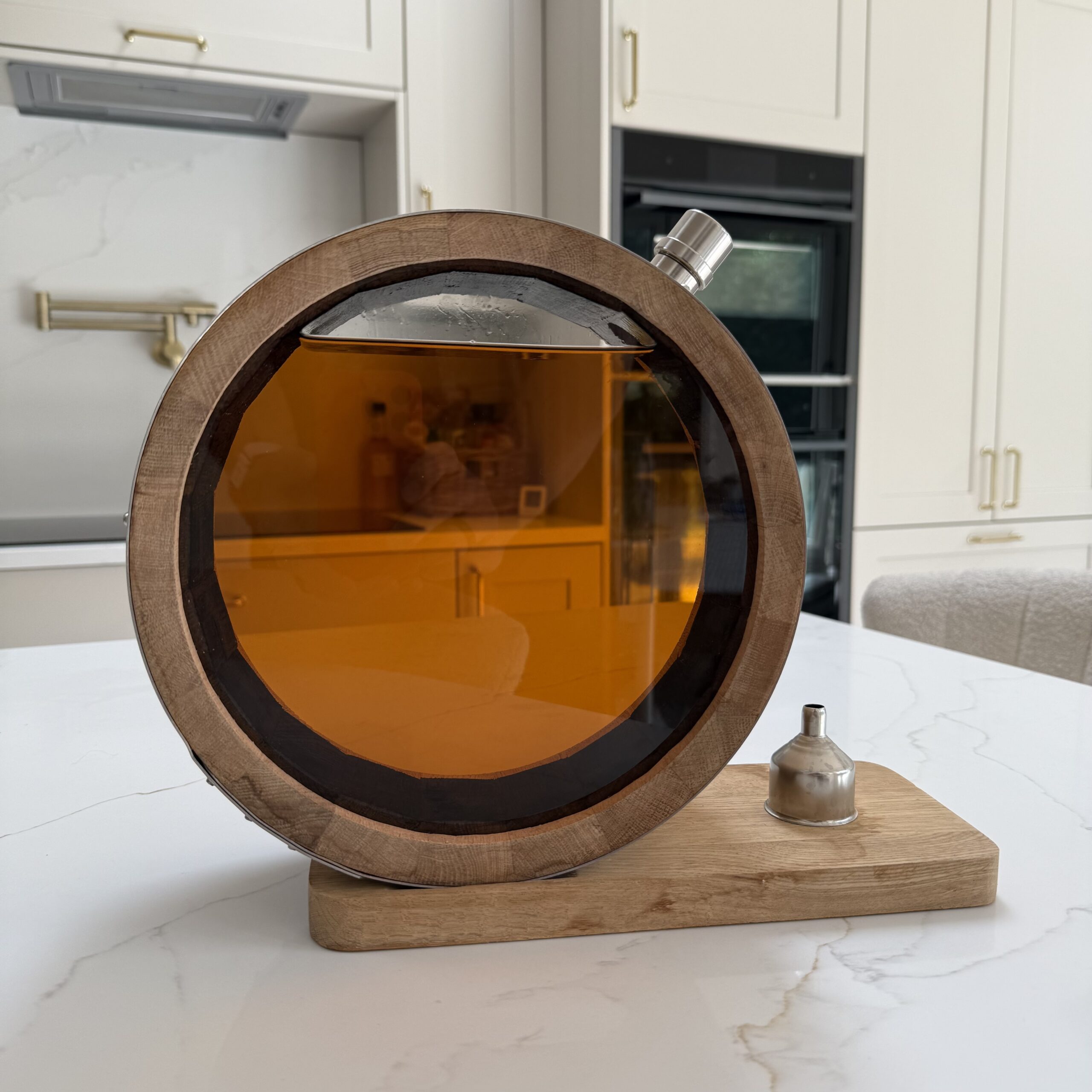Focus on the whisky process: Milling
let’s begin
After the malting process is complete and the grains are crisp and dry, they move on to be milled.
This is when the grains are milled into a powder known as the grist. The consistency of which will effect the overall flavour of the malt.
Here are two main makes of mill that have been used in distilleries for decades, the Porteous Patent Malt Mill and the Robert Bobby Mill.
While there are plenty of more modern mills around, these two brands are still used today, as they are reliable. In fact, the Porteuscompany eventually put itself out of business as it had sold to basically every distillery in Scotland, and its machines never really broke down.
The milling process is simple. It begins by separating the grains from any objects such as stones that are not meant to be in the mix and could potentially damage the machine.
The mills themselves consist of two rollers. The first bursts the grains open and the second grind the grist into a suitable consistency.
The second roller can be adjusted; depending on how fine or thick the distillery wants their grains.
The grist is judged on three components, the husk, the grit or middle and the flour. Most distillers go for a consistency of 20% husk, 70% middle and 10% flour.
The grist must be of the right consistency to allow all the sugars to be absorbed while at the same time not allowing the water to simple run through.

Greg
You might be interested in
More from the blog
Follow greatdrams
latest articles
Latest whisky
exclusively from GreatDrams
-

The GreatDrams Signature Barrel Decanter
£200.00 – £370.00













